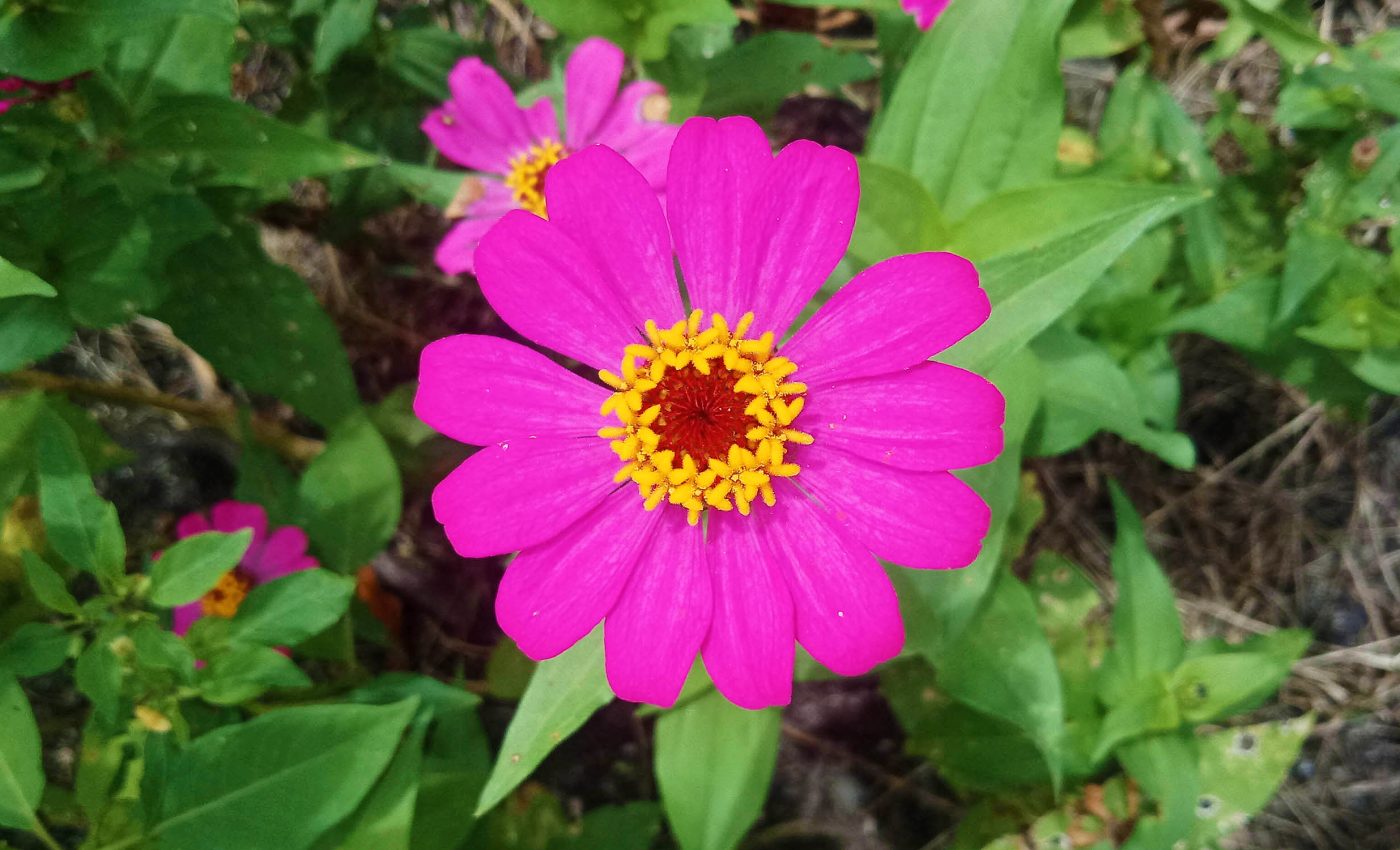
Asteraceae is the world's most diverse flowering plant family
When it comes to the world of flowering plants, one family dominates when it comes to diversity — the Asteraceae family.
Boasting around 34,000 species under its umbrella, this family of flowering plants wins the spot for the most varied group of its kind worldwide.
In recent times, an international team of scientists, which includes experts from the University of Göttingen, set out to explore the rich world of Asteraceae.
By compiling and analyzing a novel and comprehensive global database, these researchers were able to trace the ancestral paths and current distribution of all Asteraceae species.
Asteraceae speciation on island shores
One would naturally expect to find a unique blend of flora and fauna on remote islands. In this vein, Asteraceae has a remarkable presence on several far-flung islands, such as the Galápagos, Mauritius, and Polynesia.
The family brings together a fascinating range of flowering plant species, from the diversified genus Bidens that adorn the Pacific islands to the rare and enchanting silverswords of Hawai’i.
Not to forget the giant Scalesia trees that hold court on the Galápagos Islands. The biodiversity they bring to these islands makes Asteraceae a shining beacon of natural variety.
Asteraceae biodiversity puzzle
While the Asteraceae family is known for its island diversity, until recently, it wasn’t entirely clear where these plants fit into the broader context of planet Earth.
That’s where the global database painstakingly put together by botany and evolutionary biology researchers comes in.
Their efforts have illuminated the existence of over 6,000 Asteraceae species that are native to islands, with an astounding 60% exclusive to these landmasses.
This astonishing discovery confirms long-held ecology and evolution theories about larger, isolated islands being home to a wealth of unique species.
Survival of flowering plants
While the diversity of the Asteraceae family on islands is a marvel in itself, there’s a more poignant aspect to this tale.
Many of these unique species are often teetering on the brink of extinction, their existence hanging by a thread — making the need to study and protect them ever more critical.
“Asteraceae provides a treasure trove of information to help researchers understand why and how new species evolve in the most remote environments in the world,” says Professor Holger Kreft, head of biodiversity, macroecology and biogeography at the University of Göttingen.
Decoding speciation
The researchers’ deep dive into the world of Asteraceae didn’t just stop at identifying the unique species found on islands.
They also came across dozens of possible speciation events — instances where new species evolve from a common ancestor — that could have occurred on islands in the recent past.
The sheer number of these likely speciation events struck the research team.
“Botanists have long suspected that Asteraceae has evolved in remarkable ways on islands, but our study shows that the extent of evolutionary innovation in this family may be much greater than previously thought,” says first author Lizzie Roeble of Naturalis Biodiversity Center in Leiden, the Netherlands.
Preserving the flowering plants
It’s clear from these findings that the Asteraceae family is not only a treasure trove of botanical diversity and knowledge but also a glaring warning sign about the precarious balance of nature.
These plants play a pivotal role in their respective ecosystems, serving as a source of food for a myriad of pollinators, including bees, butterflies, and birds.
These findings underline the importance of preserving this group of plants for the future of our world. This way, they can continue to bloom, grow and evolve in the most strikingly remote areas on our beautiful planet.
In conclusion, isn’t it remarkable how much we can learn from the world of flowers? It’s evident that the dynamic Asteraceae family, with its bevvy of species that have evolved, adapted, and thrived over time, and across islands, offers us priceless insights into the intricate and awe-inspiring dance of evolution.
So, next time you come across a humble flowering plant, remember — there’s much more to it than what meets the eye.
The study is published in the journal Nature Communications.
—–
Like what you read? Subscribe to our newsletter for engaging articles, exclusive content, and the latest updates.
Check us out on EarthSnap, a free app brought to you by Eric Ralls and Earth.com.
—–













